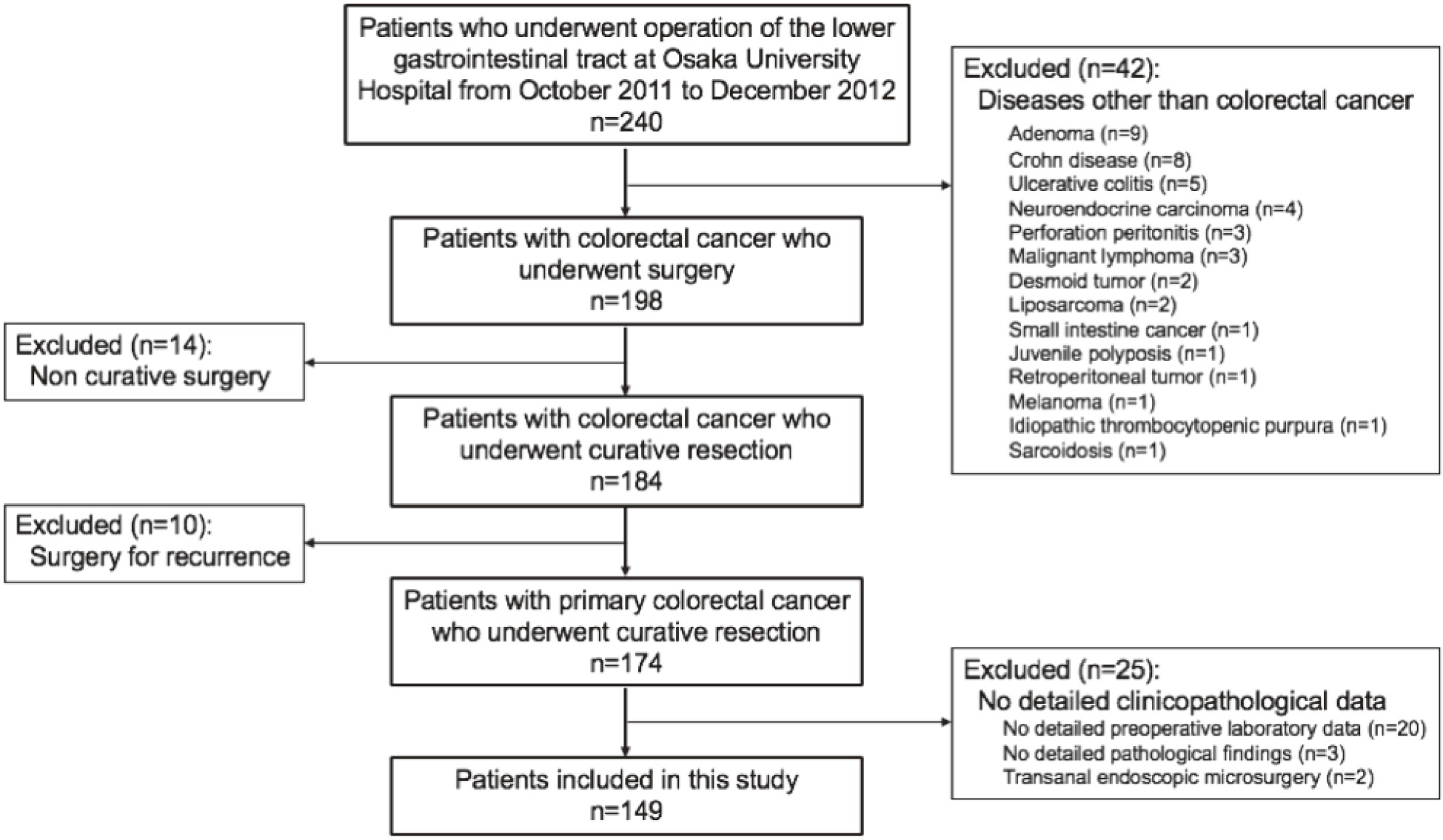3 巻, 3 号
選択された号の論文の6件中1~6を表示しています
- |<
- <
- 1
- >
- >|
REVIEW ARTICLE
-
2019 年 3 巻 3 号 p. 99-105
発行日: 2019/07/30
公開日: 2019/07/30
PDF形式でダウンロード (348K)
ORIGINAL RESEARCH ARTICLE
-
2019 年 3 巻 3 号 p. 106-115
発行日: 2019/07/30
公開日: 2019/07/30
PDF形式でダウンロード (437K) -
2019 年 3 巻 3 号 p. 116-120
発行日: 2019/07/30
公開日: 2019/07/30
PDF形式でダウンロード (841K) -
2019 年 3 巻 3 号 p. 121-127
発行日: 2019/07/30
公開日: 2019/07/30
PDF形式でダウンロード (211K) -
2019 年 3 巻 3 号 p. 128-135
発行日: 2019/07/30
公開日: 2019/07/30
PDF形式でダウンロード (238K)
TRIAL PROTOCOL
-
2019 年 3 巻 3 号 p. 136-141
発行日: 2019/07/30
公開日: 2019/07/30
PDF形式でダウンロード (192K)
- |<
- <
- 1
- >
- >|






